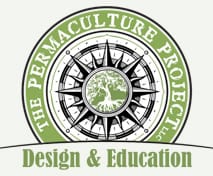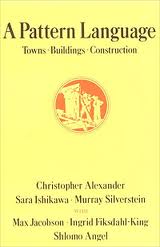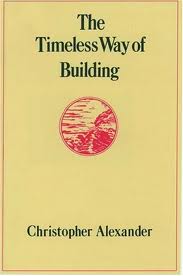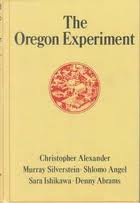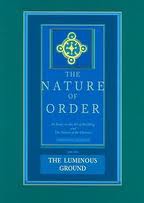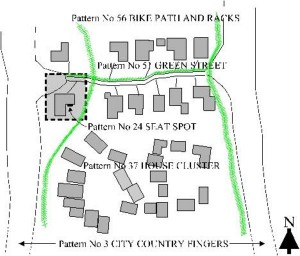Here is some fascinating reading about Christopher Alexander, author of a Pattern Language, used often in Permaculture circles as an important working reference and resource:
“Along the way, architects typically perform a specialist aesthetic function: they drape an artistic cloth over this engineered product. In essence, they are product designers, adding a kind of marketing package. If they do their jobs especially well, they may even give it the visual excitement and allure of a fine art, or at least the mystique of a great and mysterious creative design process. But regardless of the imaginative garb, at heart is a “product”—the output of this linear technology, pre-defined and pre-limited, commodified and marketed. All this works surprisingly well, up to a point.
This is the design theory rooted in Scientific Modernism—reflecting a belief that we can use linear engineering methods to rationally create built environments that are orderly and clean. This technology has powered the world for over a century. But this technology is failing us.
Ironically, science itself has long since moved on. We now understand pretty clearly that the legacy of this linear approach is a series of disastrous, unintended consequences, compounding with each successive project: failures in the social environment, the ecological environment and, now, the economic system that governs the sustainability of our resources. We are generally aware that the old paradigm must give way to something more life-like—more able to create resilience and sustainability, and more able to serve the real needs of human beings. We understand that we must move beyond the old “Ponzi Scheme” models of depletion economics—leaving tremendous irresolvable problems to our grandchildren—and find a more regenerative kind of technology, and a more sustainable kind of settlement pattern, to counter the unfolding global disaster of modern industrial development.
And yet, there is confusion about where to head, and where deep reforms must be made. For environmental designers, we suggest, the core challenge is this: is it enough just to festoon our designs with sustainability gadgets and magical artistic incantations, when the designs themselves are still producing the same old failing linear results? Must we not transform the very act of design, to gain this deeper and more poetic quality—not simply a commodified expression of abstract art, applied as a veneer, but as a natural emergent solution to real human and ecological needs? This, in the end, is Alexander’s challenge to modern technology, and to architects specifically.
To be sure, some establishment architects resent this challenge. They are understandably comfortable with the status quo—with their incomes and privileges, with the undeniably pleasurable aesthetic adventures that free them of deeper responsibilities, and with the exciting private culture of design that they can share with the relatively small world of connoisseurs and aficionados. Some very influential academicians and practitioners have shown that they will fight hard to keep the old Modernist status quo (in its endless Rococo variations) entrenched in architecture schools, and in the circles of connoisseurs and critics.
Meanwhile Rome burns. The rest of humanity awaits, and desperately needs, widespread implementation of a more effective, humane and sustainable design technology. As the software engineers have begun to demonstrate, such a technology is available, only awaiting adoption by a less complicitous, less fashion-bewitched, more radical generation of architects. As they arrive on the scene, they will find they have many friends and collaborators outside the parochial product design world of the old architecture.” Read the entire article…
